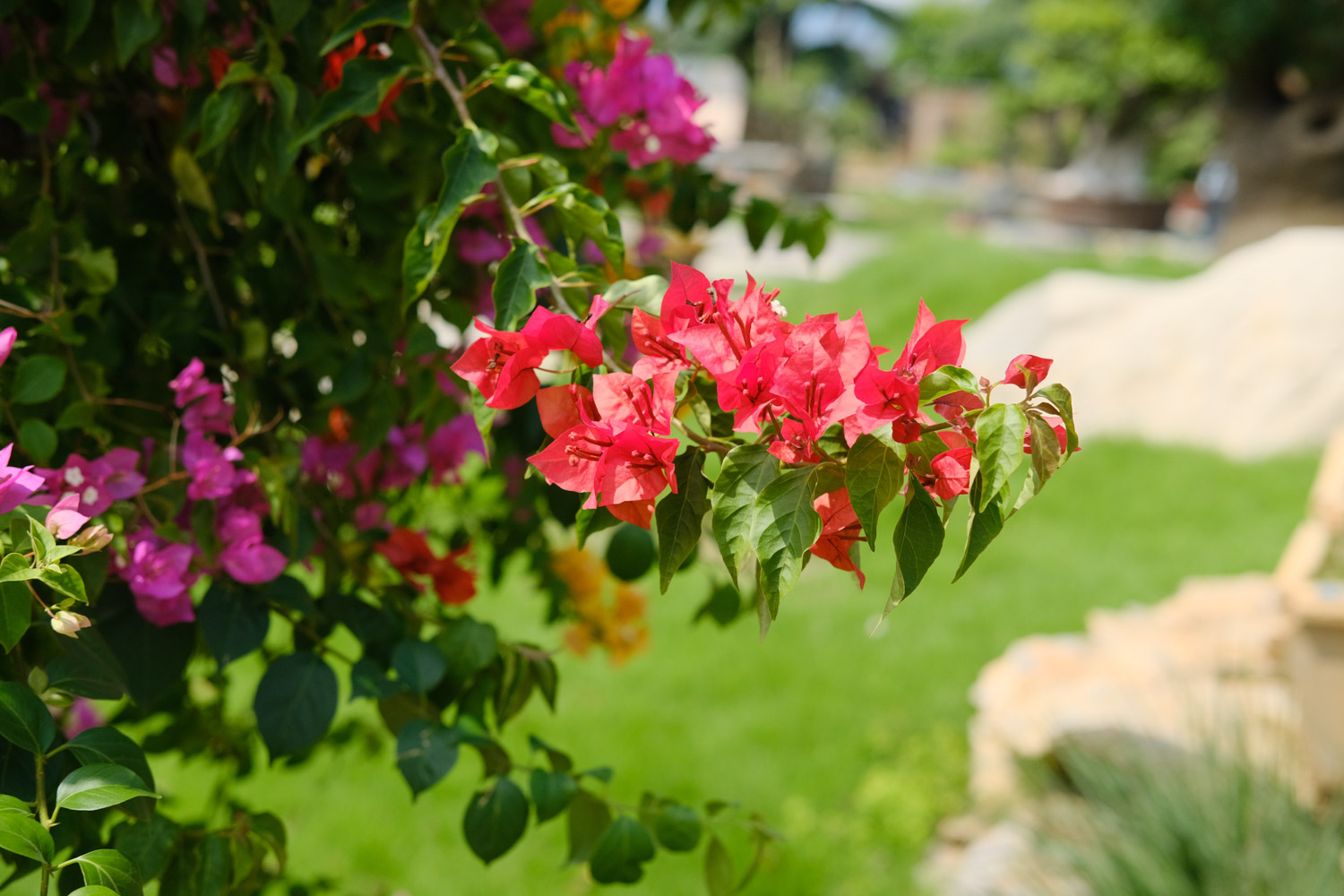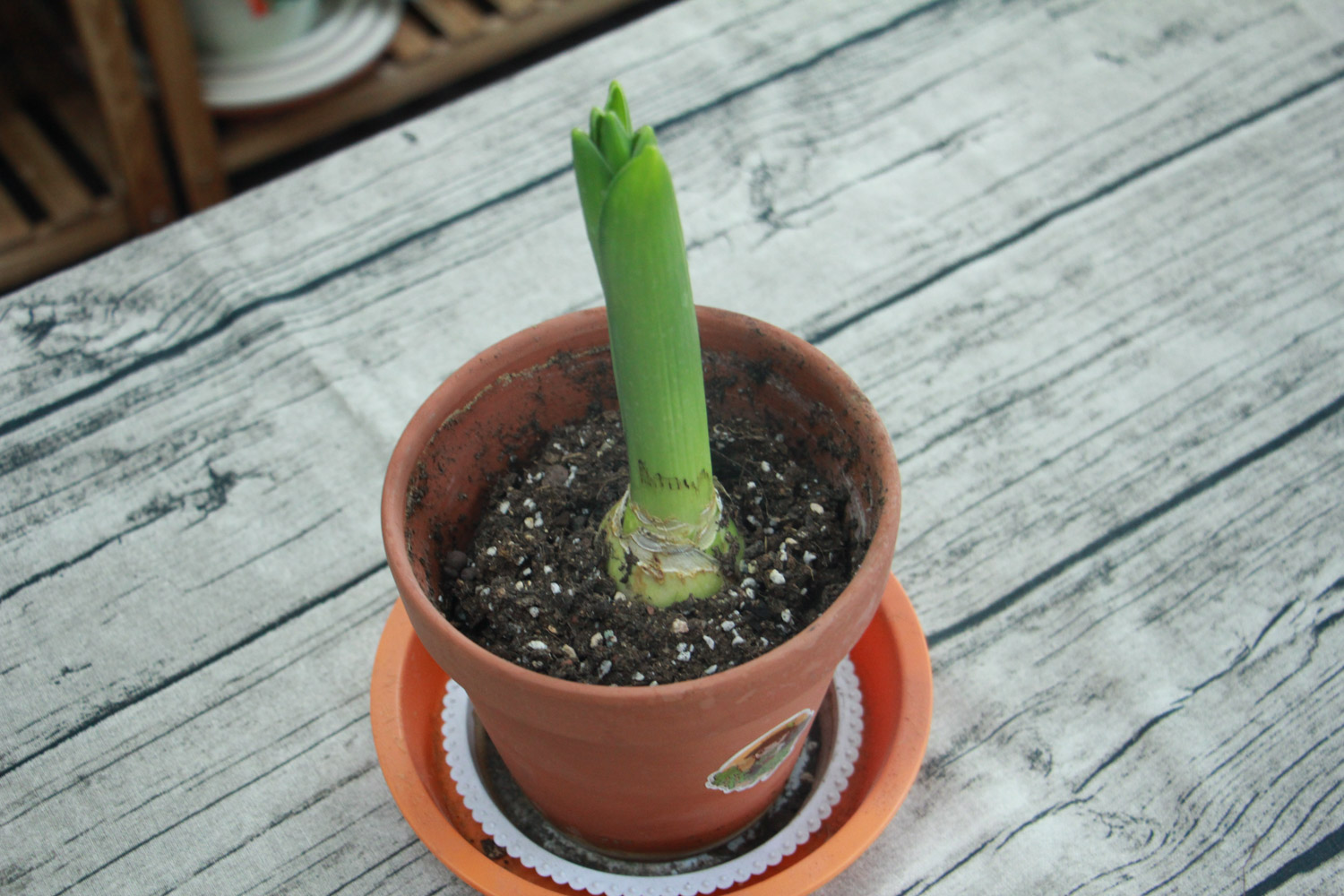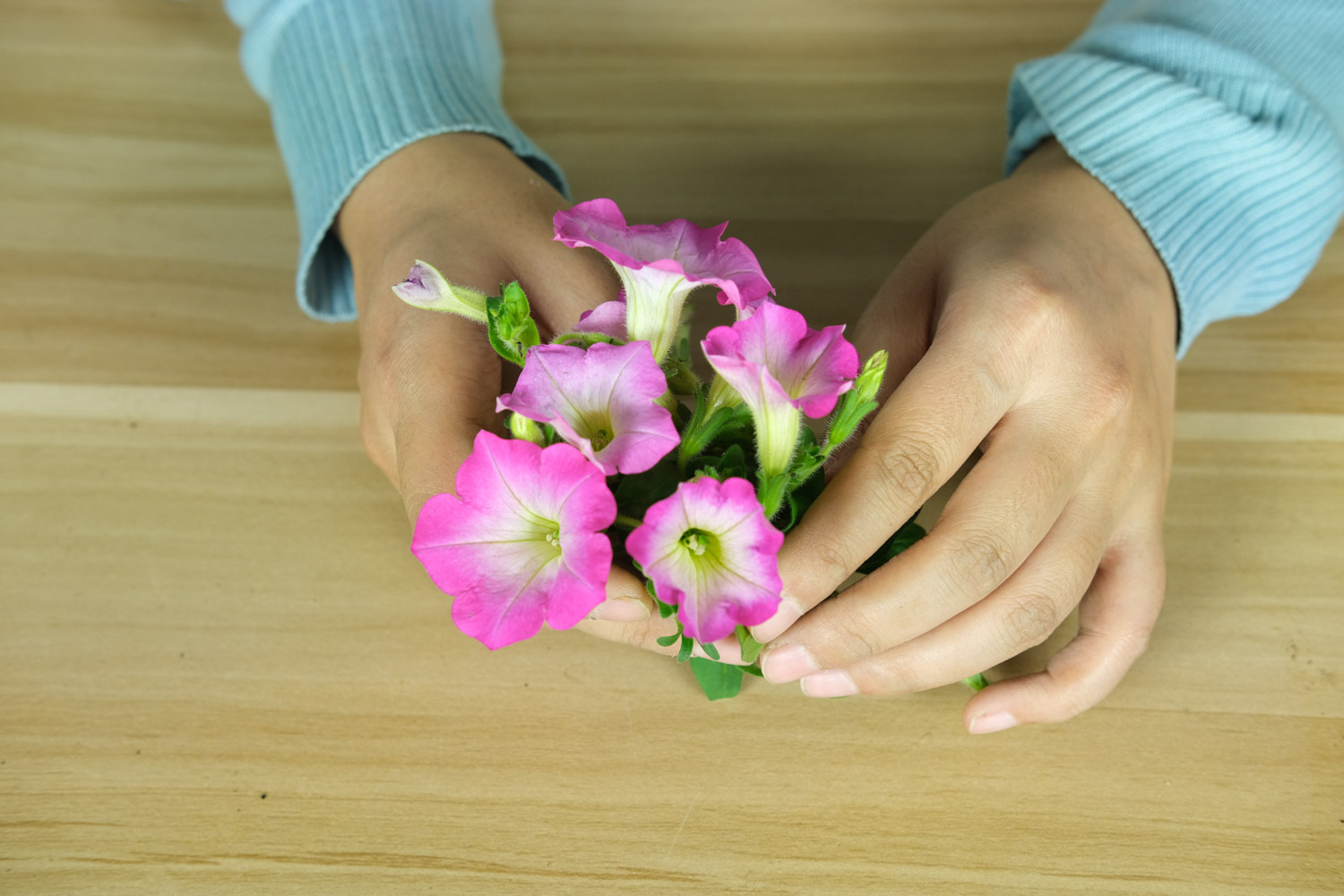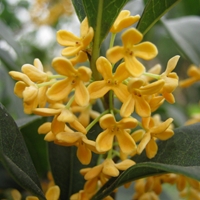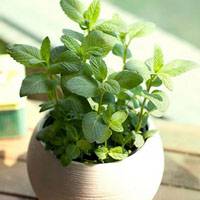Mint alias
The alias of mint is "Wild Mint" and "night breath fragrance", as well as the local name of "Yindan grass"
Morphological characteristics of peppermint
Peppermint has an upright stem about 30-60 cm high. There are slender fibrous roots and horizontal rhizomes at the lower part of the plant. There are fine villi and many branches at the top and bottom
The leaves of peppermint are generally round (oval) and lanceolate (oval), and others are thin oblong, with sharp front and round back, and thick serrations at the edge
The flower of peppermint has a spherical outline, with a diameter of about 18 mm. The Corolla is lavender and about 4 mm long. The outside is also as long as the stem, with fine pubescence, and the petals are oblong
The yellowish brown fruit of peppermint is egg shaped
Growth habit of peppermint
Peppermint has a strong ability to adapt to the environment. Wild peppermint can grow at the water edge of tidal wetland at an altitude of 2100 meters, and can grow at an altitude of up to 3500 meters
Because it is a perennial plant, it can survive the winter by the rhizome, and the low temperature of - 15 ℃ will not die; If the temperature is between 20-30 ℃ and the supply of water and fertilizer is normal, the growth will accelerate with the increase of temperature
Peppermint needs to be fully exposed to sunlight, which is good for its flowering
The adaptability of soil is also strong, sandy soil and alluvial soil are the most suitable, and the drainage performance of soil is better
Value and use of mint
Edible value: the main edible parts of mint are stems and leaves, which can also be squeezed. Mint can be used not only as seasoning, but also as spice. It can also be used to make tea and wine
Medicinal value: Peppermint has been used as a traditional Chinese medicine for a long time. The whole plant can be used as medicine. It has good curative effect on cold, fever, headache, muscle pain, measles impervious and other diseases
The flower language of mint
Peppermint symbolizes "noble virtue" because of its fresh and incomparable fragrance


